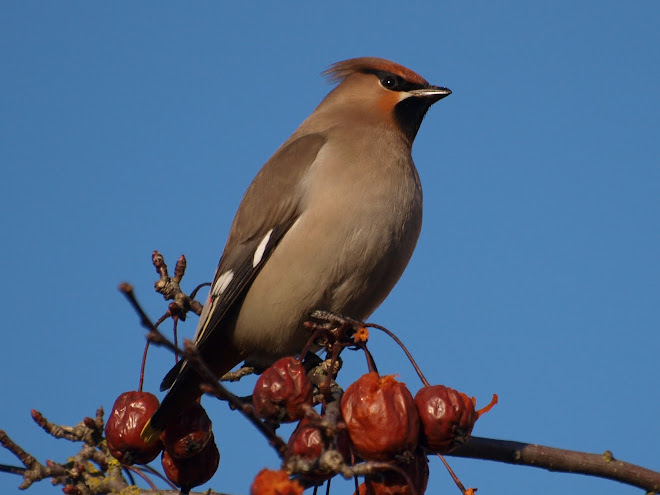I was very excited to hear last week that Castle Bromwich Hall Gardens Trust were running tours of Castle Bromwich Hall by kind permission of the current owner, Mr Liu, on Saturday, 18th December, before renovations start to turn the Hall into a boutique-style hotel. Each tour would last just over an hour and would take in about 12 of the state rooms.
I must admit I have long been fascinated by the Hall and Gardens having grown up in the area and having played in the then overgrown gardens as a child. It was quite a magical place and the Hall had an air of mystery.
The Hall is a Grade 1 listed building and building began in 1599 by a Sir Edward Devereux. In 1657 the Hall was purchased by a Sir John Bridgeman who added a third storey to the Hall.
In 1794 Sir Henry Bridgeman became Earl of Bradford and the Estate remained in the family's ownership until 1969, although the family actually resided at Weston Hall in Shropshire.
The Hall was used as the Dowager House and was occupied by Lady Ida Bridgeman, Dower Countess Bradford, from 1869 until her death in 1936. She did a lot of work in restoring the gardens but sadly they deteriorated after her death. Since 1969 the Hall has been owned by various companies such as Paige Johnson Construction, Bovis Homes and General Electricity Company etc., and was often used as regional headquarters.
My tour on Saturday was not the first time I had actually been inside the Hall as many years ago I applied for a job at Bovis Homes - I didn't get the job and I don't think it took them long to suss out that I was more interested in working AT the Hall than FOR Bovis Homes! - there again there may well have been a better candidate!
We had a lot of snow on Saturday and the roads were awful but nothing was going to deter me from attending a tour. The photos below aren't brilliant as the house has been empty for some years and is devoid (in the main) of furniture, carpets, paintings etc., but the Hall does have some nice features.
This is the North elevation of the Hall and we entered through the door which would have been used by the family returning from Church.

The first room we entered is known as the "Boudoir" and would have originally been attached to a lady's bedroom and used for bathing/dressing but in later times it was used as a lady's drawing room. The cast-iron fireback in the fireplace has the initials of John and Mary Bridgeman and is dated 1678. The walls are made of pitch-pine which being imported was more expensive than native oak.

The plaster ceiling with a centre circle composed of fruit and flowers was made by the famous English plasterer Edward Gouge who created many of the plaster ceilings throughout the Hall.

This is the plaster ceiling in the Great Chamber showing Sir John Bridgeman's Coat of Arms.

Photo of a nineteenth century gallery overlooking the Central Courtyard and Atrium showing the Hall's Gable Roofs. The new owner plans to remove all the modern structures in this area and a glass floor will be installed looking down into the courtyard with a glass lift in the corner.

Next a visit to the Long Gallery which is possibly Elizabethan.

View from a window looking onto the entrance drive and towards an avenue of horse chestnuts.

Beautiful carved wooden fireplace in the Long Gallery - probably Elizabethan



A fragment of a painted wooden panel has been discovered which may date back to the original house and research is currently being carried out.

In the Drawing Room there is another ceiling by Gouge which had suffered water damage but which has been restored in recent years.


Panelling above the fireplace has been removed to reveal brick work and carvings from the original Hall.

The tour finished in the Great Hall which had a roaring log fire and displays concerning the history and previous occupants of the Hall and I enjoyed a glass of wine and a mince pie.
I also discovered that the Hall has a ghost - The Grey Lady although I haven't been able to find much information on her.

View from the Front Entrance

The Front Porch was built in 1672 and incorporates Sir John Bridgeman's Coat of Arms and statues of Peace and Plenty.
Unfortunately, I was on my own as it would have been nice to have had my photo taken here!

I used the booklet entitled "A Short Tour of Castle Bromwich Hall" by David Adams and Dave Bennett for some of the information on the tour of the Hall mentioned above. The booklet contains some lovely photos taken from Country Life Magazine showing what the house looked like around 1900 when it was occupied.


























































